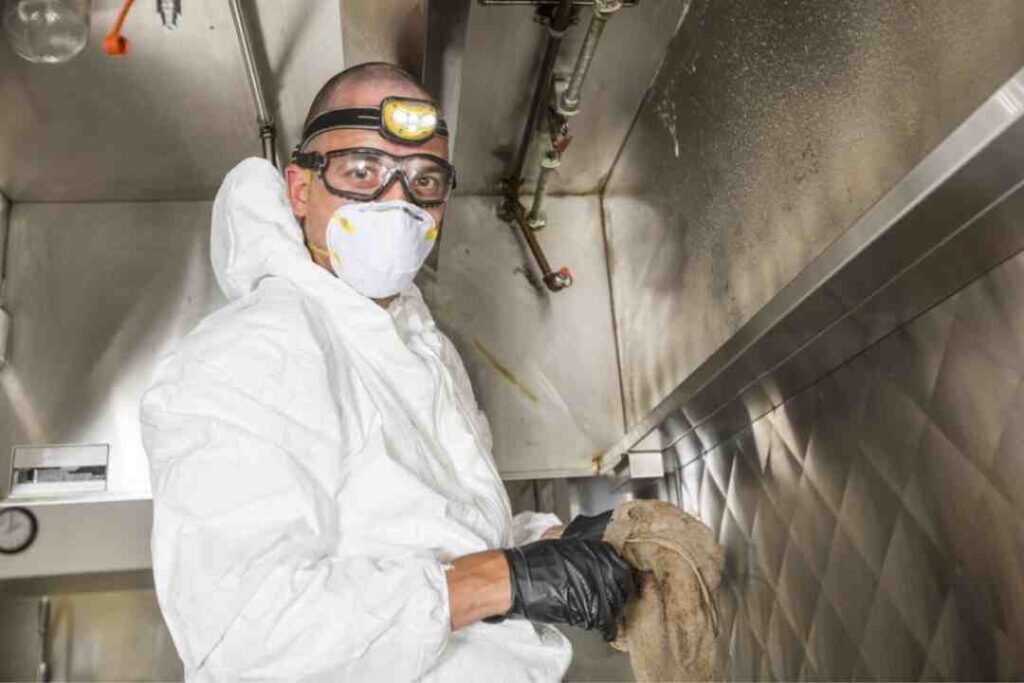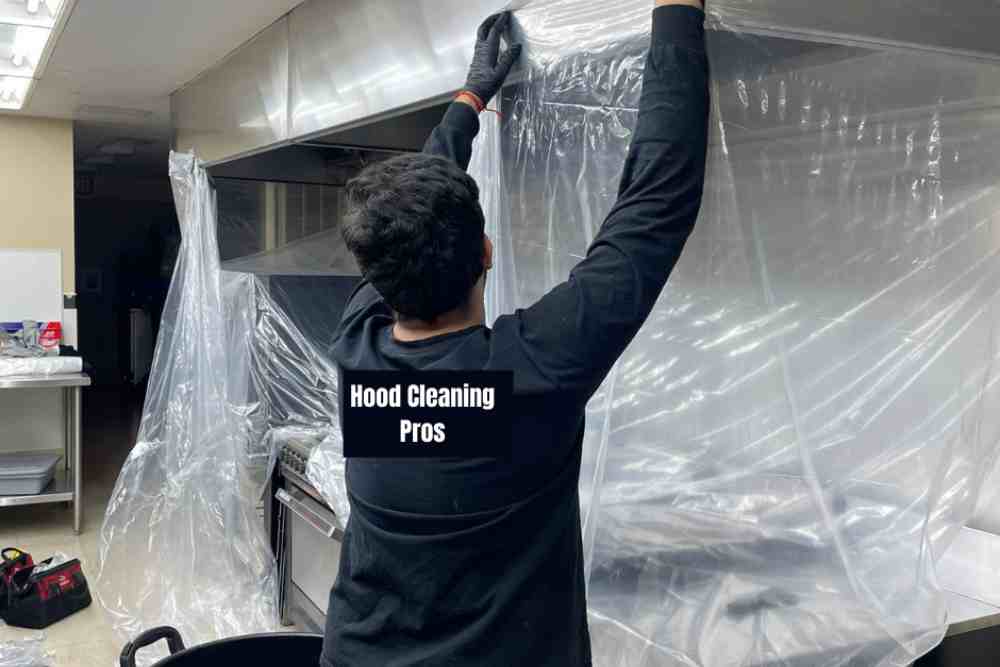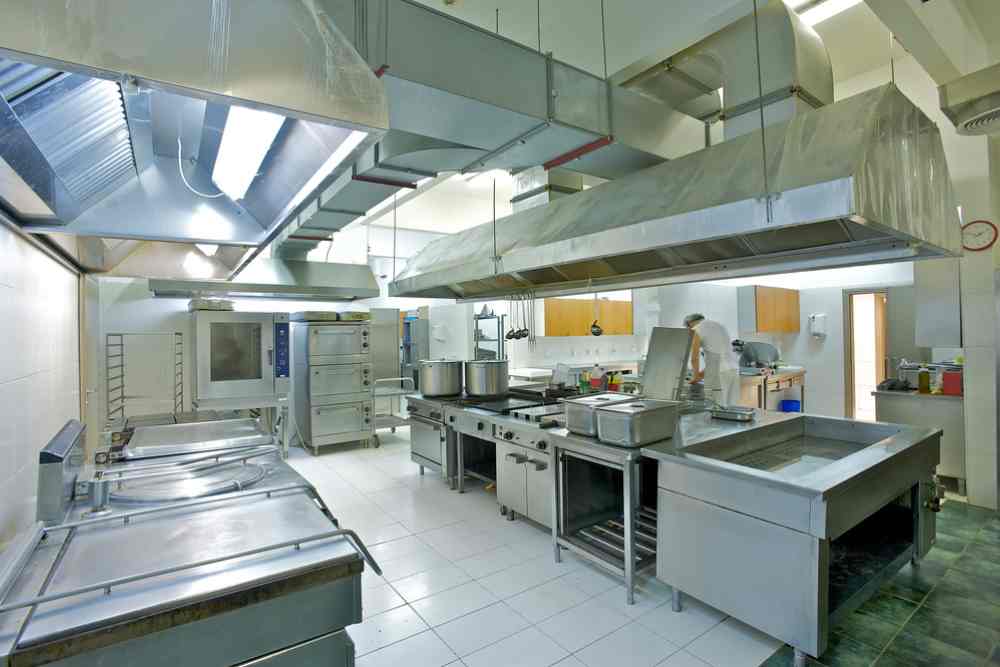-
Table of Contents
- NFPA Hood Cleaning Requirements: Ensuring Fire Safety in Commercial Kitchens
- The Importance of NFPA Hood Cleaning Requirements
- NFPA Hood Cleaning Requirements: An In-Depth Look
- 1. Cleaning Frequency
- 2. Qualified Hood Cleaning Professionals
- 3. Cleaning Methods and Procedures
- 4. Documentation and Record-Keeping
- Consequences of Non-Compliance
- Summary
- Frequently Asked Questions
- 1. What is the NFPA 96 standard?
- 2. How often should kitchen exhaust systems be cleaned?
NFPA Hood Cleaning Requirements: Ensuring Fire Safety in Commercial Kitchens
Commercial kitchens are bustling hubs of activity, where delicious meals are prepared and served to hungry customers. However, the high temperatures, open flames, and constant use of cooking equipment in these establishments also pose a significant fire hazard. According to the National Fire Protection Association (NFPA), cooking equipment is the leading cause of fires in restaurants and other food service establishments.
To mitigate this risk, the NFPA has established specific guidelines and requirements for hood cleaning in commercial kitchens. These regulations aim to ensure that kitchen exhaust systems are properly maintained and free from grease buildup, reducing the likelihood of a devastating fire. In this article, we will delve into the NFPA hood cleaning requirements, their importance, and the consequences of non-compliance.
The Importance of NFPA Hood Cleaning Requirements
1. Fire Prevention: The primary objective of NFPA hood cleaning requirements is to prevent fires in commercial kitchens. Grease buildup in kitchen exhaust systems can ignite easily, leading to a rapid spread of flames. By regularly cleaning and maintaining these systems, the risk of fire is significantly reduced.
2. Compliance with Local Regulations: Many jurisdictions have adopted the NFPA standards as part of their local fire codes. Failure to comply with these requirements can result in penalties, fines, or even closure of the establishment. By adhering to the NFPA hood cleaning guidelines, restaurant owners can ensure they are in compliance with local regulations.
3. Employee Safety: A clean and well-maintained kitchen exhaust system not only reduces the risk of fire but also improves the overall safety of the kitchen environment. Proper ventilation helps remove harmful fumes, smoke, and odors, creating a healthier workplace for employees.
4. Enhanced Efficiency: Grease buildup in kitchen exhaust systems can hinder their performance, leading to reduced airflow and increased energy consumption. Regular hood cleaning ensures that the system operates at its optimal efficiency, saving energy and reducing utility costs.
NFPA Hood Cleaning Requirements: An In-Depth Look
The NFPA has established specific guidelines for the cleaning and maintenance of kitchen exhaust systems, including hoods, ducts, fans, and filters. These requirements are outlined in the NFPA 96 Standard for Ventilation Control and Fire Protection of Commercial Cooking Operations. Let’s explore the key elements of these guidelines:
1. Cleaning Frequency
The NFPA 96 standard specifies the frequency at which different components of the kitchen exhaust system should be cleaned. The cleaning intervals are determined based on the type of cooking processes, volume of cooking, and the type of food being prepared. Here are some general guidelines:
- Hoods, grease removal devices, and accessible ductwork should be cleaned at least every six months for systems serving solid fuel cooking operations.
- Systems serving high-volume cooking operations, such as 24-hour cooking or charbroiling, should be cleaned at least every three months.
- Other systems should be cleaned at least once a year.
It’s important to note that these are minimum cleaning frequencies, and more frequent cleaning may be necessary based on the specific circumstances of each establishment.
2. Qualified Hood Cleaning Professionals
The NFPA 96 standard emphasizes the importance of hiring qualified professionals for hood cleaning. These professionals should have the necessary knowledge, skills, and equipment to perform the cleaning effectively and safely. They should also be familiar with the specific requirements outlined in the NFPA 96 standard.
When selecting a hood cleaning service, restaurant owners should ensure that the company is certified and has a track record of providing high-quality services. Hiring unqualified or inexperienced individuals can lead to inadequate cleaning, leaving behind grease deposits that increase the risk of fire.
3. Cleaning Methods and Procedures
The NFPA 96 standard provides detailed guidelines on the cleaning methods and procedures that should be followed. These include:
- Scraping and removing grease from accessible surfaces of hoods, ducts, fans, and filters.
- Disassembling and cleaning components such as filters, grease extractors, and drip trays.
- Using appropriate cleaning agents and tools to remove grease buildup.
- Ensuring that all cleaned surfaces are free from grease and residue.
It’s important to follow these procedures meticulously to ensure thorough cleaning and compliance with the NFPA standards.
4. Documentation and Record-Keeping
The NFPA 96 standard also requires the establishment to maintain records of hood cleaning activities. These records should include the date of cleaning, the name of the cleaning company, and a description of the cleaning methods used. This documentation serves as proof of compliance and can be requested during inspections by fire officials or insurance companies.
Consequences of Non-Compliance
Non-compliance with NFPA hood cleaning requirements can have serious consequences for restaurant owners. Here are some potential outcomes of failing to adhere to these guidelines:
- Fines and Penalties: Local fire departments or health departments may impose fines or penalties for non-compliance. The amount of the fine can vary depending on the severity of the violation and the jurisdiction.
- Increased Insurance Premiums: Insurance companies often require proof of compliance with NFPA standards. Failure to meet these requirements can result in higher insurance premiums or even denial of coverage.
- Business Closure: In extreme cases of non-compliance, local authorities may order the closure of the establishment until the necessary corrective actions are taken. This can result in significant financial losses and damage to the restaurant’s reputation.
Summary
Adhering to NFPA hood cleaning requirements is crucial for ensuring fire safety in commercial kitchens. Regular cleaning and maintenance of kitchen exhaust systems not only reduce the risk of fire but also improve employee safety and operational efficiency. By following the guidelines outlined in the NFPA 96 standard, restaurant owners can comply with local regulations, protect their business, and create a safer environment for their employees and customers.
Remember, fire prevention is a shared responsibility, and every effort should be made to prioritize safety in commercial kitchens. By partnering with certified hood cleaning professionals and staying up to date with the latest NFPA guidelines, restaurant owners can play their part in preventing devastating fires and protecting their livelihoods.
Frequently Asked Questions
1. What is the NFPA 96 standard?
The NFPA 96 standard is a set of guidelines established by the National Fire Protection Association for the cleaning and maintenance of kitchen exhaust systems in commercial cooking operations. It outlines the requirements for cleaning frequency, qualified professionals, cleaning methods, and documentation.
2. How often should kitchen exhaust systems be cleaned?
The cleaning frequency of kitchen exhaust systems depends on factors






